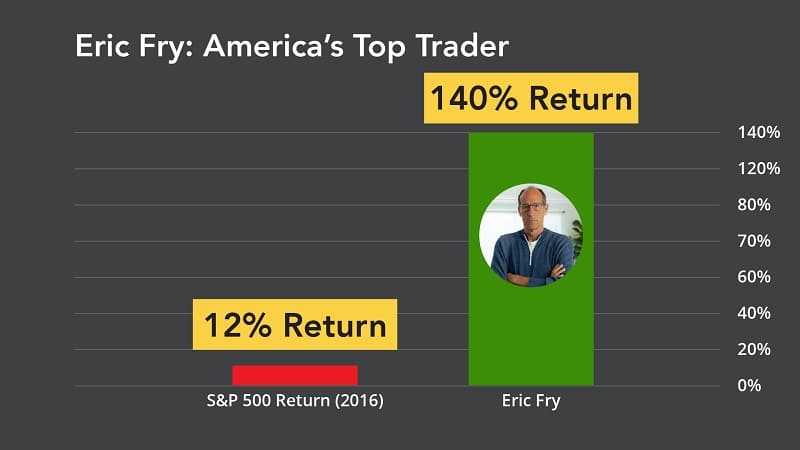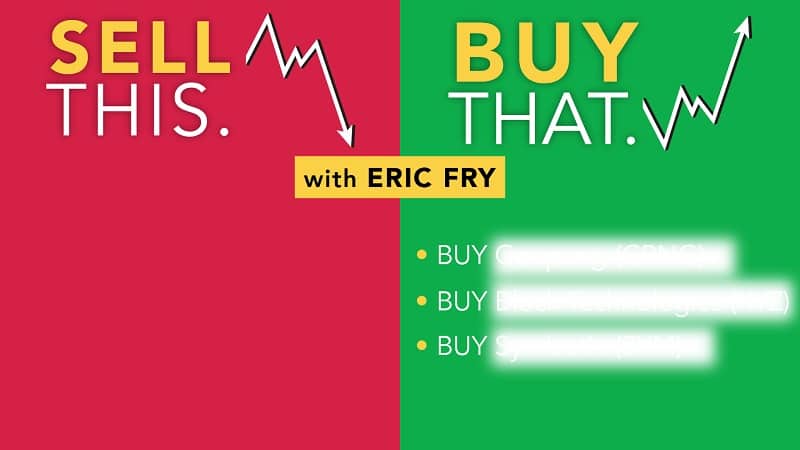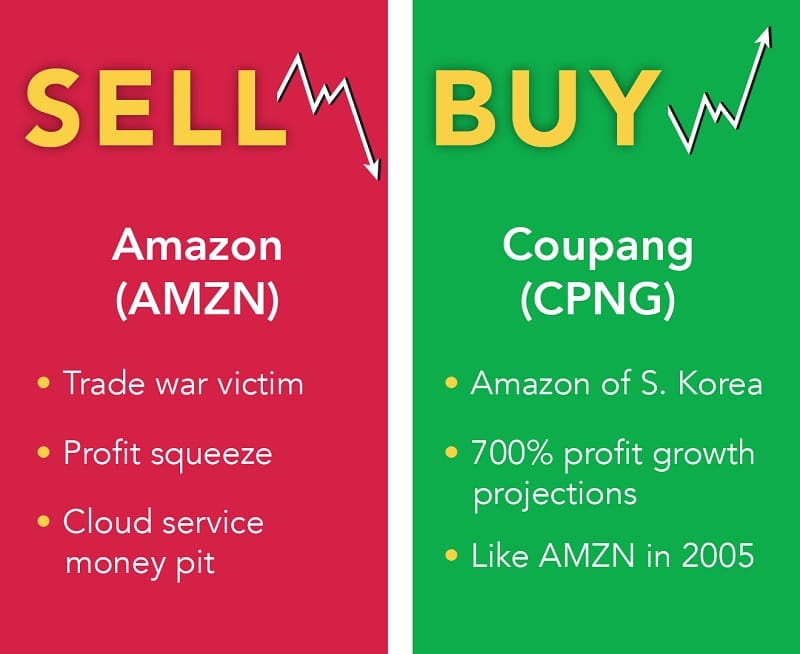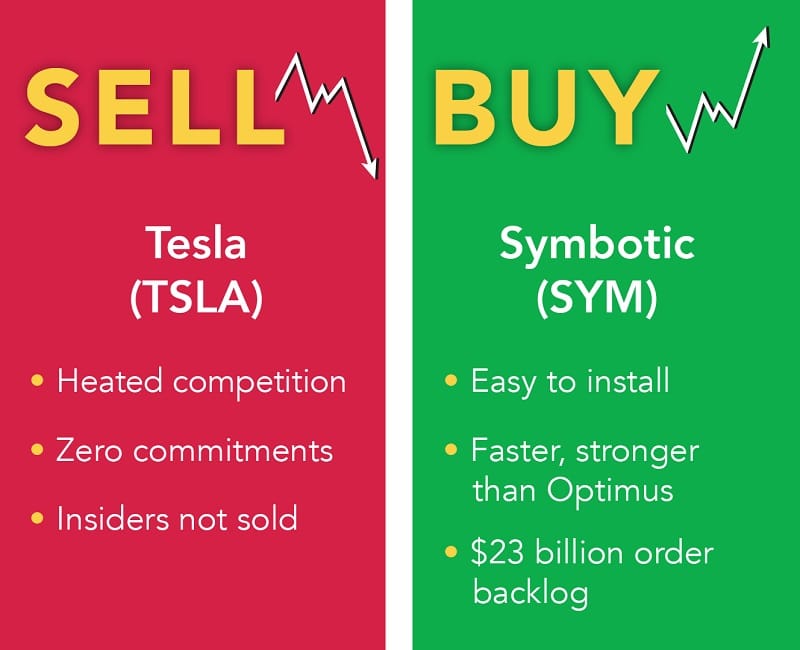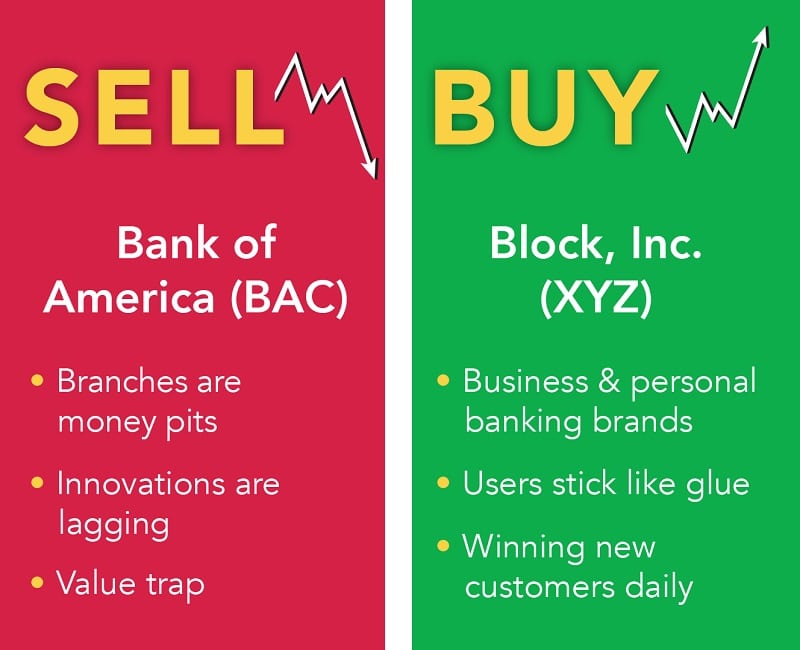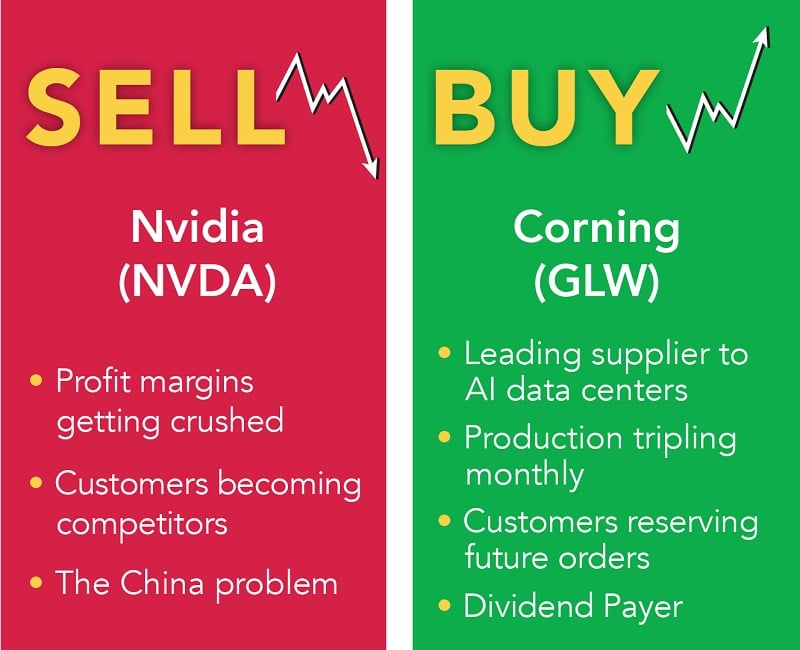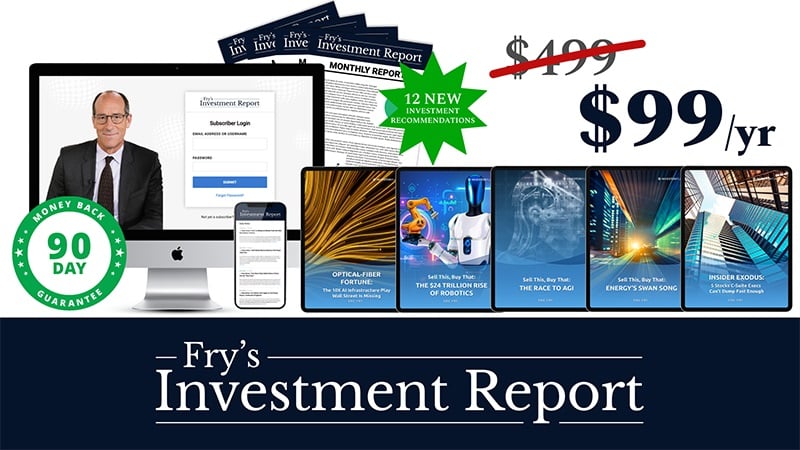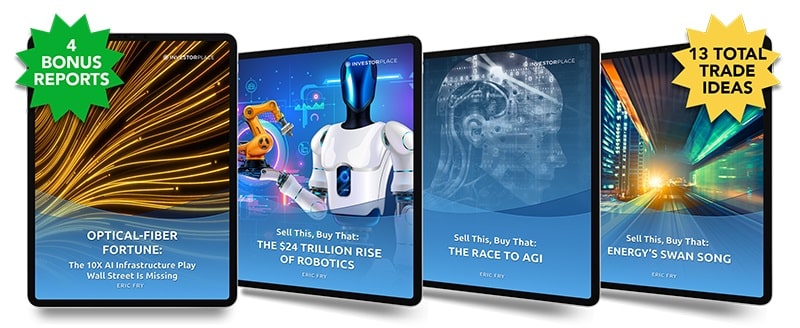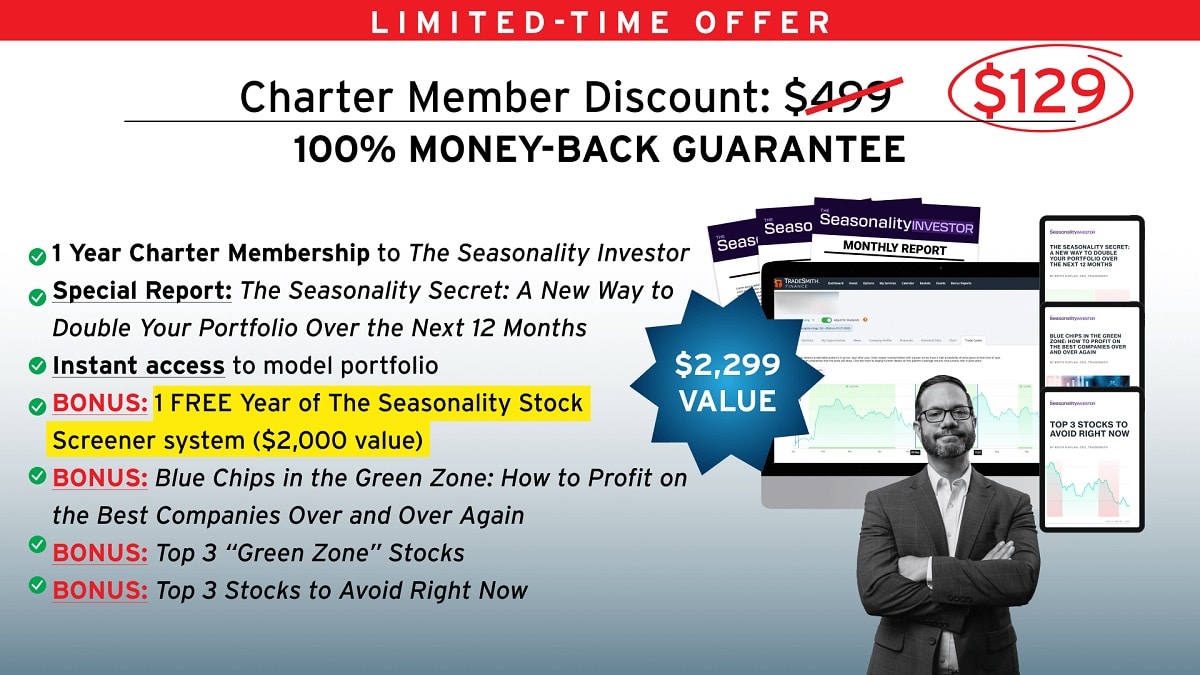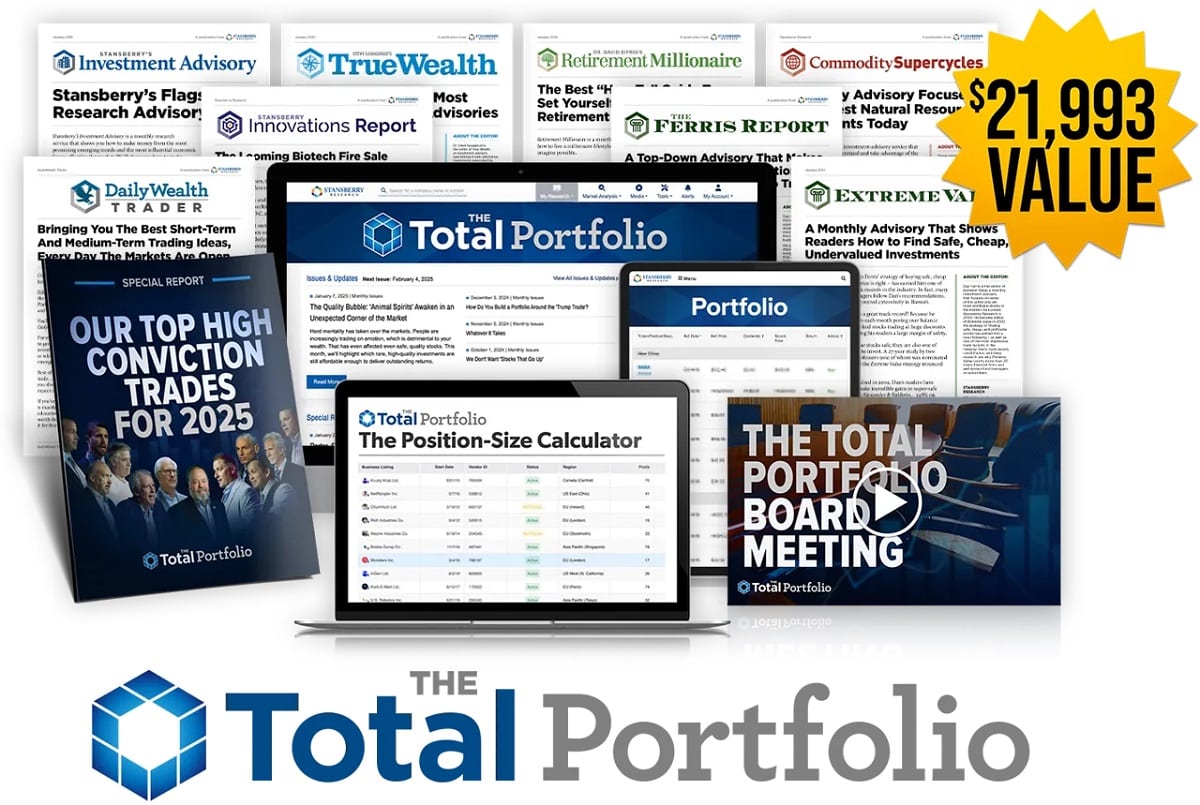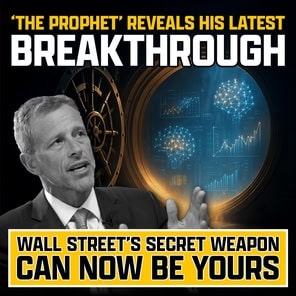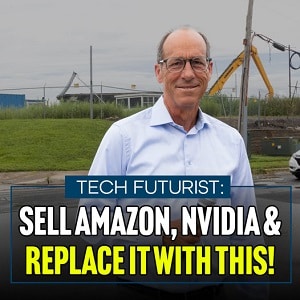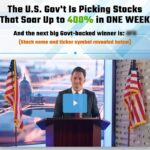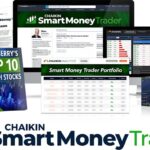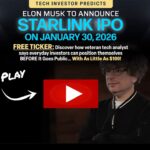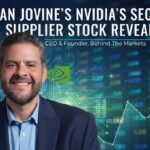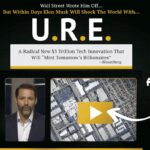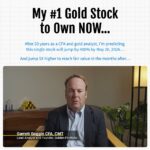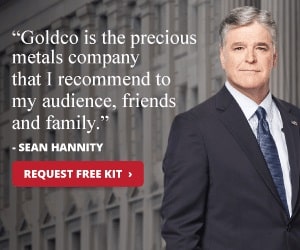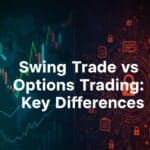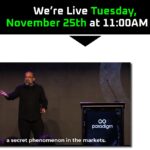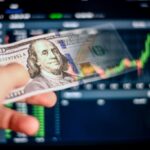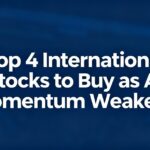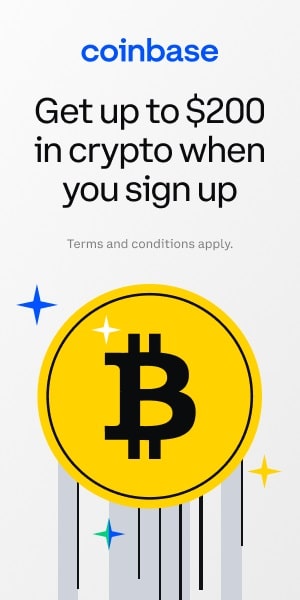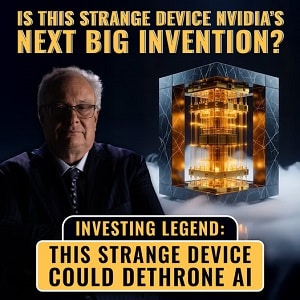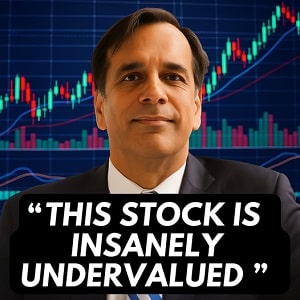In a volatile market brimming with opportunities and hidden risks, Eric Fry emerges as a contrarian beacon. His presentation, “Sell This, Buy That,” provides a bold, clear strategy for investors ready to allocate $10,000 or more in 2025. A futurist and seasoned investor, Fry rejects mainstream options like ETFs, mutual funds, and hyped tech stocks, instead spotlighting undervalued, overlooked companies with the potential to double investments within 12 to 24 months. This expanded analysis, rooted entirely in Fry’s presentation, explores his investment philosophy, personal background, past successes, and specific recommendations, emphasizing his newsletter and concluding insights.
Fry’s approach is rooted in a “Sell This, Buy That” framework, where he pairs stocks to avoid with superior alternatives. He promises seven free trade ideas, including three alternatives to Nvidia, Amazon, and Tesla, and emphasizes the importance of clearing out underperforming holdings to minimize opportunity costs. His goal is to help investors navigate what he calls the “Age of Chaos,” a period marked by rapid changes, trade wars, and technological shifts. By sharing names and tickers for free, Fry aims to empower individuals to make informed decisions, drawing from his 30 years of experience where he has identified over 40 stocks that delivered 1,000% gains or more.
The presentation is not just advice; it’s a narrative woven with personal anecdotes, past triumphs, and warnings about bad risks. Fry positions himself as an unpopular figure among the financial elite for his willingness to call out popular stocks, but his track record—including being named “America’s Top Trader” in a Wall Street competition—lends credibility. He stresses that while some sells aren’t inherently bad companies, holding them represents a missed chance for greater wealth. In the following sections, we’ll dissect his story, strategy, pairs, newsletter, and conclusions, providing a comprehensive analysis that highlights the key insights.
Eric Fry’s Journey: From Devastating Loss to Investment Mastery
Eric Fry’s investment philosophy was forged in the crucible of personal failure. In 1985, Fry inherited $200,000 from his grandmother, Lela Chestnut, a woman who overcame immense odds. Born in 1898 to a single mother in Mississippi, Lela moved to Los Angeles as a teenager, became a nurse, and rose to head surgical nurse at California Hospital Medical Center by age 23. She built a life of privilege, traveling the world, including a three-month first-class cruise, and generously passed her wealth to her heirs upon her death.
Fry, grateful for this gift, initially kept the money safe in a bank account, avoiding the 1987 Black Monday crash. However, an article about Bonneville Pacific, a Salt Lake City utility company, painted it as a sure winner. Enticed, Fry invested a large chunk, then doubled down as the stock fell, seeing it as a bargain. The truth emerged: the company had cooked the books and filed for bankruptcy, wiping out Fry’s investment and nearly bankrupting him personally.
This $200,000 loss became a pivotal lesson, changing how Fry views stock investing. He learned that risk isn’t abstract—it’s a life-altering force. From this, he developed a distinction between bad risks (high downside for minimal reward, like walking a tightrope over Niagara Falls for $20) and good risks (low downside for extraordinary potential, like crossing a street for $1 million). For the past 30 years, Fry has shared these insights, teaching others to avoid his mistakes by knowing which stocks to buy, sell, and when.
This experience fuels his mission: to help people discover profit opportunities and grow wealth. The more he shares “Sell This, Buy That” recommendations, the more followers benefit. Fry’s career highlights include picking stocks that yielded up to 12,000% gains, often foreign ones, proving that patriotism has no place in investing—go where the money is. His success in a 2016 Wall Street competition, where he netted 140% returns against the market’s 12% by strategies like selling Tesla and buying Teck Resources (which boomed 745% while Tesla fell 9%), earned him the title “America’s Top Trader.”
Fry’s story underscores a key theme: money is precious and finite. Settling for mediocre stocks can lead to zero gains over decades, as seen in his 1996 “Franco-American” trades. Selling Coca-Cola (down 5% over 10 years) and buying Danone (up 322%), or selling Citigroup (down 1% over three decades) and buying Banque Nationale de Paris (up 1,355%), illustrate the chasm between winners and losers. With $10,000 split across three such sells, one might end up with $32,300; across buys, up to $229,600. These examples, while extraordinary, highlight the stark dividing line Fry urges investors to recognize.
The Core Philosophy: Sell This, Buy That
Fry’s “Sell This, Buy That” is a disciplined strategy to upgrade portfolios by replacing opportunity-cost drags with high-potential outperformers. He argues that winning isn’t just about buys—it’s equally about sells. In markets where it’s “raining money,” many miss out by holding the wrong stocks. Fry’s pairs ensure investors know what to avoid and what to embrace, especially now when the gap between winners and losers widens at breakneck speed.
Historical examples abound. “Sell Twitter, Buy Ormat” saw the sell lose over half its value while the buy doubled. “Sell GM, Buy Metal Management” in 2005: GM tumbled 50% to bankruptcy, buy nearly doubled. “Sell Lennar, Buy Valero”: sell lost half in three years, buy tripled, and over two decades, the buy made investors three times richer. These hold up long-term, emphasizing conviction over hype.
Fry’s 1996 series, selling American icons for French alternatives, further proves the point. Selling Hilton for Bains de Mer Monaco yielded 26% vs. 866% over nine years. He reiterates: never fear foreign stocks; they’ve delivered maximum gains from 1,000% to 12,000%. The lesson? Target outperformers relentlessly.
In invite-only gatherings with hedge fund managers, Fry presented pairs over eight years: sells fell 46% on average over five years, buys gained 201%—a 247% difference. This gap could mean scraping pennies or enjoying leisure without worry. Fry’s test for portfolios: Does each stock promise to make you rich or deliver 1,000%? If not, sell. Educate guesses to stack odds, thriving in chaos by upgrading to tailor-made winners.
Recommendation Pair 1: Sell Amazon, Buy Coupang
Fry’s first pair shocks: Sell Amazon (AMZN). Once a must-own, recommended by Fry for triple-digit gains, it’s now a victim of the trade war. Up to 70% of Amazon’s goods come from China, and tariffs could squeeze profits, eroding competitive edge. Amazon’s cloud division missed expectations three straight quarters, prompting a $100 billion investment—a coin toss bleeding them dry. Profits may not reward shareholders.
Replacement: Buy Coupang (CPNG), the Amazon of South Korea, trading on the NYSE. Unknown to 99% of Americans, it’s a household name in Korea for Amazon-like services. Growing faster than Amazon in a connected economy, projections show 700% profitability by 2027. Generating $30 billion revenue at a fraction of Amazon’s valuation, it’s like Amazon in 2005 with bigger advantages and momentum.
Fry notes: Some sells aren’t bad, but opportunity cost is huge. Tying money to so-so stocks misses major gains.
Recommendation Pair 2: Sell Tesla, Buy Symbotic
Next: Sell Tesla (TSLA). Beyond Elon’s political stunts hurting sales, bigger issues loom. Crushed by Chinese EVs like BYD (cars at $10,000 vs. Tesla’s third the price), losing U.S. share to Volkswagen and Hyundai. Optimus humanoid robot, hyped as 10 times bigger than any product, lacks commitments or pre-orders. Insiders see it as a gimmick; real automation uses purpose-built systems, not humanoids.
Earnings won’t match hype, destining the stock for purgatory.
Buy Symbotic (SYM): A first-mover in warehouse robotics with AI software for Lego-like, efficient systems. Robots move 25 mph carrying hundreds of pounds vs. Optimus’ 5 mph/45 pounds. Revenue spiked 15-fold from $100 million in 2019 to $1.5 billion, with $23 billion backlog. Selling survival amid labor shortages, wage inflation, supply chains. Forbes highlights it; even if Optimus succeeds, it’s mismatched like a Swiss Army knife in Formula One.
Fry recalls his 2016 sell Tesla, buy Teck: sell down 9%, buy up 745%, turning $10,000 to $9,100 vs. $86,400.
Recommendation Pair 3: Sell Bank of America, Buy Block
In finance: Sell Bank of America (BAC), emblematic of traditional banking’s woes. Branches are liabilities—real estate, salaries, maintenance for unused services. Younger folks view physical banks as museums; fintech doubles revenue per employee.
Catching up digitally is like streaming Netflix on dial-up—innovations lag fintech by decades. A value trap: cheap but no growth.
Buy Block (SQ): Building future financial services with Square for small businesses and Cash App replacing traditional banking. Users deposit paychecks, invest, borrow, spend—all digitally, with high switching costs. Adding millions yearly, poaching from banks like BAC. Profitable, in early innings for Netflix-style growth.
Fry sees trends: Choose disruptors over disrupted.
Recommendation Pair 4: Sell Nvidia, Buy the Optical-Fiber Company
Most shocking: Sell Nvidia (NVDA). AI boom’s golden child, but money grab over. Margins fell from 78 to 71 cents per dollar amid competition. Customers like Amazon, Google, Microsoft, Meta (46% business) build own chips, potentially cutting Nvidia out—like Apple did to Intel (down 71% after 11,600% run). Cheaper alternatives at 1/5 price appeal to smaller companies building AI. China restrictions wrote off $5.5 billion; more countries may follow.
Bad risk, like unstoppable stocks that crashed.
Buy: An overlooked company inventing optical fiber 50 years ago, backbone of internet. AI data centers need 10x more cables—enough to circle globe eight times per facility. U.S.-manufactured (North Carolina, Arizona, new Michigan factory), no tariffs. Output tripling monthly; 80% pre-sold for five years. Inked Broadcom deal for light-signal breakthrough. Dividend hiked 13 years. Suppliers like Vertiv (up 1,407%) outpace Nvidia; this one’s growth twice Nvidia’s past year.
Details in “Optical-Fiber Fortune” report.
Additional Reports and Newsletter Pitch
Eric Fry’s “Sell This, Buy That” presentation culminates in an invitation to join Fry’s Investment Report, a subscription service designed to extend the insights shared in his free trade ideas. Priced at a discounted $99 for a one-year trial (an 80% reduction from the regular $499), the newsletter offers a comprehensive package to help investors navigate the turbulent “Age of Chaos.”
The subscription includes 12 monthly issues, each featuring a new stock recommendation, along with weekly updates on portfolio positions and material market developments. Fry emphasizes that these updates ensure subscribers are never left in the dark, receiving timely guidance on when to act and why. Additionally, the offer comes with a 90-day, no-questions-asked refund policy, underscoring Fry’s confidence in the value provided and his commitment to shouldering the risk for new subscribers.
The subscription package is enriched with four special reports, each diving deeper into high-growth sectors and specific stock picks:
-
Optical-Fiber Fortune: The 10X AI Infrastructure Play Wall Street Is Missing
This report details the optical-fiber company recommended as Nvidia’s replacement, a firm that invented optical fiber 50 years ago and now stands as a critical supplier for AI data centers. Fry highlights its recent deal with Broadcom to develop technology that allows data to flow as light signals across AI networks, potentially skyrocketing demand and share price. The report positions this company as a must-own for capturing the infrastructure boom driven by AI’s exponential need for connectivity, with production tripling monthly and 80% of output pre-sold for five years. -
Sell This, Buy That: The $24 Trillion Rise of Robotics
Building on the Tesla-Symbotic pair, this report explores the robotics industry, projected to reach $24 trillion—10 times larger than the global auto industry. It includes three additional buy recommendations for companies poised to dominate this space, alongside one sell—an industrial automation stock insiders are dumping. Fry emphasizes the urgency of capitalizing on robotics amid labor shortages, wage inflation, and supply chain disruptions, positioning these picks as essential for investors seeking explosive growth. -
Sell This, Buy That: The Race to AGI
Focused on Artificial General Intelligence (AGI), which some experts predict could arrive by late 2025, this report offers three buy recommendations for companies set to soar as AI reaches human-level versatility. It also identifies one sell—a stock at risk of collapsing to zero as industries are reshaped. Fry underscores AGI’s potential to disrupt every sector, making these picks critical for staying ahead of the curve. -
Sell This, Buy That: Energy’s Swan Song
Addressing the energy sector’s massive demand—where a single AI data center consumes power equivalent to 800,000 homes—this report provides three buy recommendations for legacy energy companies poised for growth. It also flags one risky renewable energy stock to avoid, which Fry sees as headed for trouble due to its unsustainable model. This report aims to navigate the complex energy landscape as AI drives unprecedented power needs.
Additionally, subscribers receive the Insider Exodus: 5 Stocks C-Suite Execs Can’t Dump Fast Enough report, which identifies five companies to steer clear of based on Fry’s proprietary “Insider Exodus” screener. This tool analyzes patterns of insider selling to pinpoint firms where executives have lost faith, signaling potential trouble ahead. By avoiding these, investors can protect their capital from significant losses.
Fry’s Investment Report is positioned as a continuation of the presentation’s mission: to guide investors through the chaos of 2025 by uncovering “undiscovered, misunderstood, underpriced gems” in the global market. Fry’s track record bolsters this promise—over 40 investments with 1,000%+ gains, including InterDigital (10x returns), Australia and New Zealand Banking Group (7,908% long-term gains), Intouch Holdings, Minor International, and Westpac Banking. These successes highlight his ability to spot opportunities overlooked by most analysts, who focus on “low-hanging fruit.” The newsletter breaks through these barriers, offering access to a “blue ocean” of global stocks that 99% of investors never encounter.
Fry’s commitment extends beyond recommendations. He publishes about 12 new stock picks annually, each backed by in-depth analysis of global macroeconomic trends. Weekly updates provide subscribers with his perspective on market shifts and key stories affecting their investments, ensuring they can act with confidence. The newsletter’s average gain since inception is 33.6%, a testament to its value, though Fry cautions that past performance is no guarantee of future results. His appearances on CNBC, Fox Business, and in publications like Barron’s and The Wall Street Journal reinforce his authority, while his history of presenting winning trades at exclusive hedge fund gatherings—where buys averaged 201% gains and sells fell 46% over five years—underscores the newsletter’s potential to deliver a 247% performance gap.
The $99 trial price, Fry explains, is a deliberate move to make his insights accessible, especially in a chaotic era where hesitation could mean missing out on wealth-building opportunities. He believes the world benefits when more people understand how to invest correctly, and his discounted offer reflects this mission. For roughly a quarter a day, subscribers gain tools to build a portfolio primed for dominance, with Fry’s guidance every step of the way. The inclusion of a full refund option within 90 days removes the risk, making it an attractive proposition for both seasoned investors and those new to his contrarian approach.
Critical Insights and Conclusion
Eric Fry’s “Sell This, Buy That” framework offers a compelling roadmap for investors navigating the volatile landscape of 2025. His presentation, rooted in a personal journey from a devastating $200,000 loss to becoming “America’s Top Trader,” combines hard-earned wisdom with a proven track record. By advocating for the replacement of overhyped giants like Amazon, Tesla, Bank of America, and Nvidia with under-the-radar alternatives like Coupang, Symbotic, Block, and an optical-fiber innovator, Fry taps into the transformative trends of trade wars, robotics, fintech, and AI infrastructure. His philosophy—minimizing opportunity costs by choosing outperformers—resonates in an era where the chasm between market winners and losers is widening at unprecedented speed.
The strength of Fry’s approach lies in its simplicity and conviction. His historical successes, such as “Sell Twitter, Buy Ormat” or “Sell Lennar, Buy Valero,” demonstrate the power of paired trades, with buys often doubling or tripling while sells falter or collapse. These examples, while exceptional, illustrate a critical truth: saying “no” to bad risks is as vital as saying “yes” to good ones. Fry’s global perspective, unafraid of foreign stocks like Coupang or past picks like Banque Nationale de Paris (up 1,355%), challenges investors to look beyond familiar names and embrace opportunities wherever they arise. His test—asking whether each stock could make you rich or deliver 1,000% gains—encourages a disciplined, proactive mindset essential for thriving in the “Age of Chaos.”
Fry’s Investment Report amplifies this strategy, offering not just the four free pairs but a year-long journey of 12 new picks, weekly updates, and five specialized reports. The reports on robotics, AGI, energy, and insider selling provide a deep dive into sectors poised for explosive growth or significant pitfalls, ensuring subscribers are equipped to capitalize on macro trends. The optical-fiber report, in particular, highlights a company at the heart of AI’s infrastructure boom, a less glamorous but essential play compared to Nvidia’s chips. At $99 with a 90-day refund, the newsletter is a low-risk entry to Fry’s expertise, backed by over 40 stocks with 1,000%+ gains and a 33.6% average return since inception.
Yet, Fry’s approach isn’t without caveats. His promotional tone, while engaging, blends advice with a sales pitch, which may give pause to skeptical investors. The promise of doubling money in 12-24 months is enticing but speculative, as he himself warns that past performance doesn’t guarantee future results. Stocks like Coupang carry risks of volatility in foreign markets, while Symbotic and Block face competitive pressures despite their growth. The optical-fiber play, though promising, hinges on sustained AI demand. Investors must weigh these factors and consider transaction costs, taxes, and personal risk tolerance before acting.
In the broader context, Fry’s message aligns with a pivotal moment in 2025. The markets are at a crossroads, shaped by geopolitical tensions, technological leaps, and energy demands. His call to action—to position oneself on the right side of history by choosing winners over losers—echoes historical patterns where fortunes are made in uncertainty. The 562,000 new millionaires in 2024, largely through savvy stock picks, underscore the stakes. Fry’s strategy offers a blueprint to join their ranks, but it demands discipline and a willingness to challenge conventional wisdom.
For investors with $1,000 or more, Fry’s recommendations are a clarion call to reassess portfolios and act decisively. Whether swapping Amazon for Coupang or Nvidia for an optical-fiber leader, the goal is to align with trends that promise outsized returns while avoiding traps that could stagnate wealth. Fry’s Investment Report extends this vision, providing ongoing guidance to navigate chaos and seize opportunities. While no one can predict the future, Fry’s educated guesses, honed over three decades, offer a robust framework for those ready to take smart risks. In an era where hesitation could mean falling behind, his contrarian guide is a timely invitation to rewrite one’s financial future.


